Approximately three billion automobile tires were produced worldwide in 2019 alone. Automobile tires are the classic example of a high-volume product derived from non-renewable petroleum resources that is designed for single use; they do not fit the desired paradigm of reduce, reuse, recycle.
Some old tires are used as fuel in the cement industry or ground into rubber crumb and used as a reinforcing agent — parents will be familiar with the rubber mats used in children’s playgrounds.
These are inefficient ways to utilize a non-renewable resource. Problematically, many tires end up in tire landfills where they risk contaminating the local environment through leachate (the liquid that percolates through waste sites and into the ground) or worse, through fires that release toxic gases and particulate into the atmosphere.
On Dec. 20, 2019, a difficult-to-control fire broke out at the TRACC tire recycling plant in Minto, N. B., where approximately one million tires were stored. It took one week to put the fire out. Such fires aren’t uncommon: another notable tire fire happened 30 years ago, when 14 million tires in Hagersville, Ont., burned for more than two weeks.
In the 1840s, Charles Goodyear discovered a process called vulcanization that converts soft natural rubber into hard wearing rubbers. Vulcanization uses sulfur chains to bridge large organic molecules into a network, and is still widely used to produce automobile tires.
Prior to advances in automobile design, notably the advent of steel-belt and radial profiles 50 years ago, tires would need to be replaced after 20,000 to 40,000 kilometres. We now expect tires to last 100,000 kilometres. That reliability on the road makes tires extremely difficult to recycle.
In my lab, the Brook Research Group at McMaster University, we have discovered an efficient and mild process that uses silicone chemistry to break the sulfur-to-sulfur bonds that hold tires together.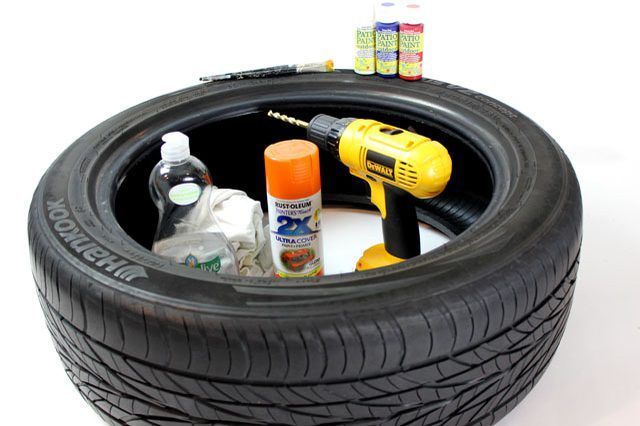 The silicones selectively cut the sulfur-sulfur connections, leaving only organic chains that can be easily isolated and reused to create new products. This process, originally designed to make new silicones using very small quantities of a catalyst, has been repurposed to address the sustainability of petroleum-based tires.
The silicones selectively cut the sulfur-sulfur connections, leaving only organic chains that can be easily isolated and reused to create new products. This process, originally designed to make new silicones using very small quantities of a catalyst, has been repurposed to address the sustainability of petroleum-based tires.
The chemical process first involves cutting tires into sections and then forming powdered crumb from them, steps that are currently used in commercial tire recovery plants. Then, a mild, rapid reaction produced by heating this material with specific silicones at 100C for 45 minutes converts about 90 per cent of the available organic materials into a readily processed pale yellow oil. The remaining substances — such as inorganic carbon, silica, metal and polyester cord fibres — are readily removed by filtration.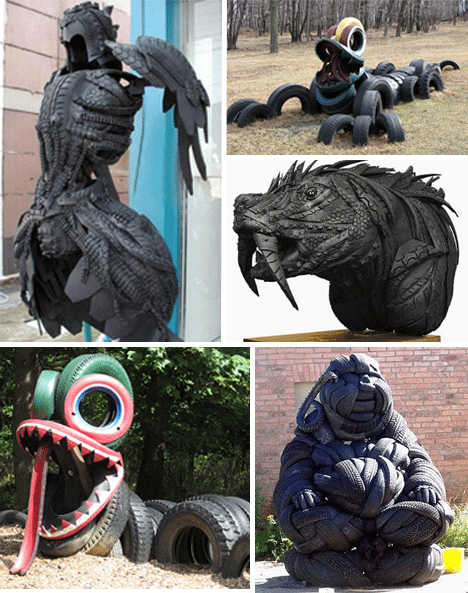
The oils recovered from used tires are very similar in constitution to the virgin polymers initially used to make new tires. My lab has also demonstrated that they can be repurposed.
In one instance, the recovered polymers were converted back into new rubbers, as shown above with the tire of the model toy car. The inorganic residue, initially removed by filtration, could also be reused as a reinforcing agent in the new rubber.
There is more work to be done. We need to better establish the range of products that can be made from the recovered polymers and reduce the quantity of catalyst needed to improve the economics of the process.
The overall process offers an opportunity to close the loop on automobile tires, as the rubber can be efficiently degraded and then reused to make other useful materials. It provides a new strategy to re-purpose the valuable materials in used tires and simultaneously address a perplexing environmental problem.
[ Expertise in your inbox.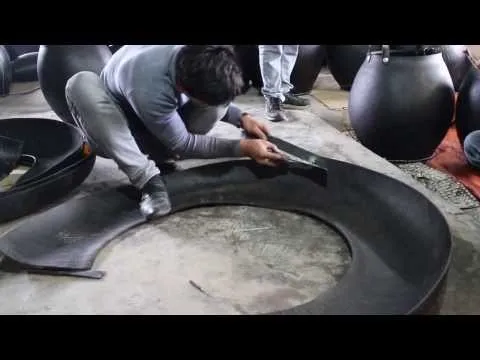 Sign up for The Conversation’s newsletter and get a digest of academic takes on today’s news, every day. ]
Sign up for The Conversation’s newsletter and get a digest of academic takes on today’s news, every day. ]
Skip to content
Tires are one of the coolest products to recycle because they can be turned into such a wide variety of products. Your flat tire could end up burned off as fuel, turned into playground equipment or even used to make artificial turf.
Sponsored by Institute of Scrap Recycling Industries, Inc.
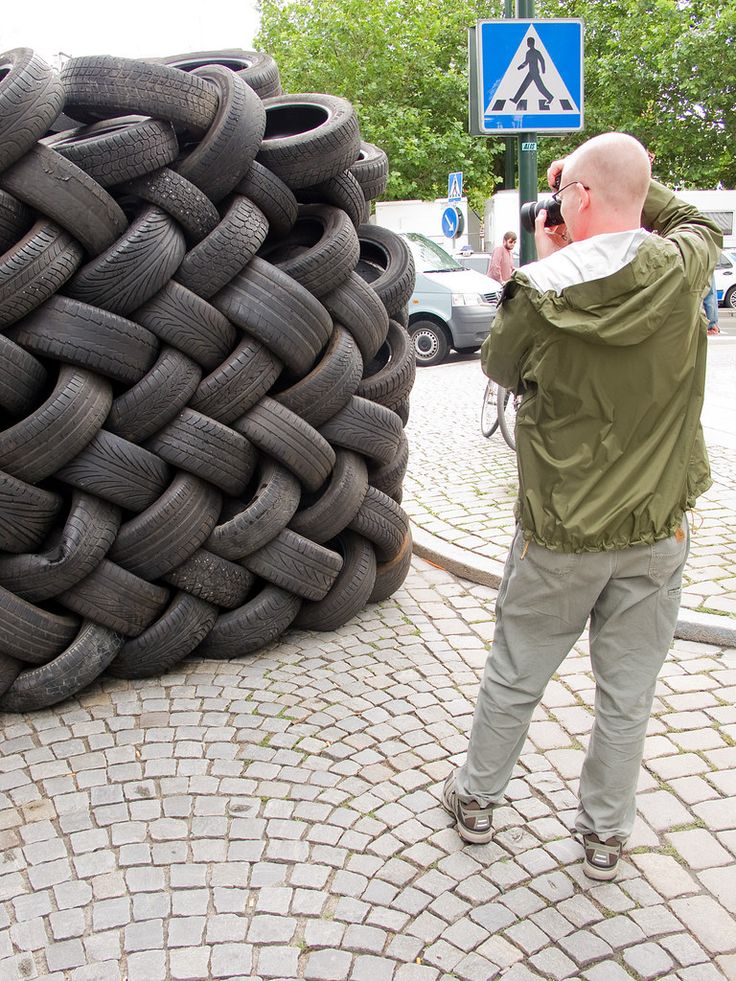
 They also consume a lot of space, trap methane emissions and create a fire risk — and tire fires are difficult to extinguish.
They also consume a lot of space, trap methane emissions and create a fire risk — and tire fires are difficult to extinguish.Find a drop-off location for tires near you using the Recycling Locator.
Find recycling guides for other materials
Under ordinary circumstances, don’t leave your tires out at the curb. Most curbside collection programs won’t pick up tires with your regular recycling. If you want to have your tires picked up, call your municipality and see if you can schedule a special pickup.
No, and in most cases you’ll need to pay to have them recycled. You can make money recycling the aluminum rims at a scrap metal dealer, though.
Most municipalities have banned tires from landfills, meaning you’ll need to bite the bullet and pay for recycling instead of throwing them away.
If you are having new tires installed, tire retailers should automatically recycle the old ones for you. If you bring in tires but don’t purchase new ones, there’s a chance they will be accepted, but likely for a fee. Call and check first.
When tires are installed on your car, the shop uses steel or zinc weights to balance your tires so that your wheels rotate smoothly. If you hit a curb, the weights may get knocked loose, which contributes to your car falling “out of alignment.”
During tire recycling, these weights must be removed and separately recycled. They used to be made of lead, a heavier and more toxic metal, but steel is the most recycled material on earth.
Yes, most tire recyclers require that the rim is removed. Unfortunately, this isn’t an easy process. If you do find a recycler that accepts tires with rims, be prepared to pay more for recycling — even though the rim is the most valuable part of the tire — because rim removal is so challenging.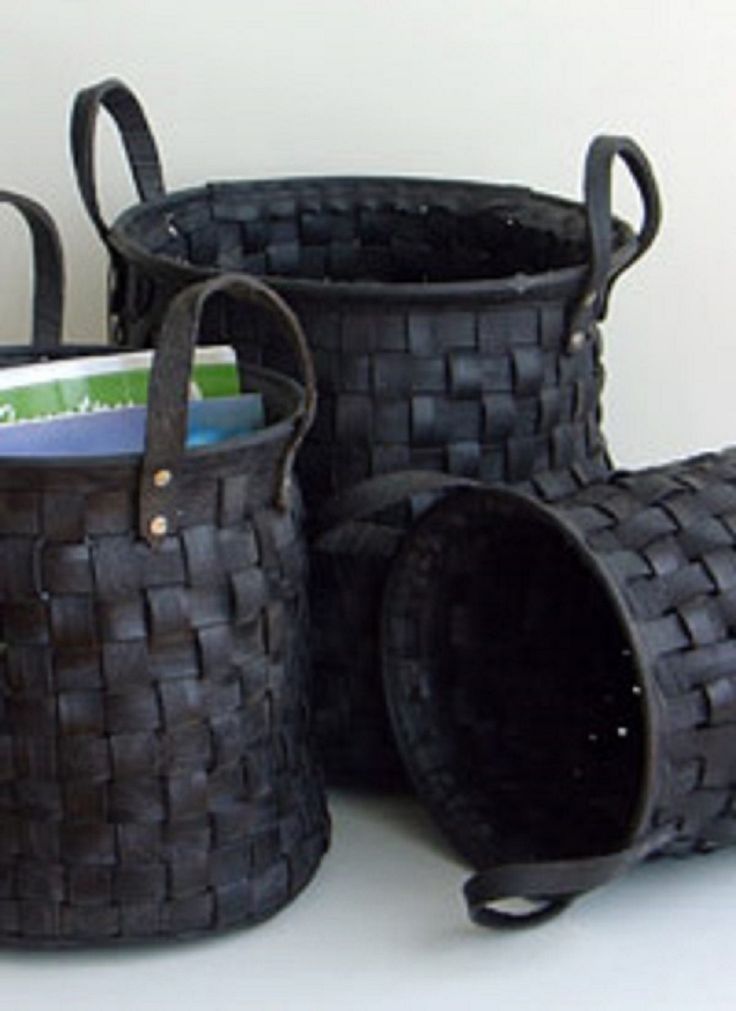
After the rims and weights are removed to be recycled separately, the tires are typically shredded or ground using a tire shredder. These shredders use powerful knives to rip and tear the tire into small pieces. Some by-products of the tire — such as fiber and steel — are separated and sold as a feedstock for other industries.
The rest of the shredded tire can be used for various purposes. If it is destined for TDF, the material is sent to an incinerator, boiler or cement kiln, depending on the facility that will use the tire for energy. Other uses for shredded and ground tires include rubberized asphalt, playground mulch, road embankments, or even as material for new tires.
Tires used for TDF are converted to energy in a controlled process; the incinerator or boiler adhere to strict regulations required by the EPA.
When a stack of tires catches fire, it’s an uncontrolled process.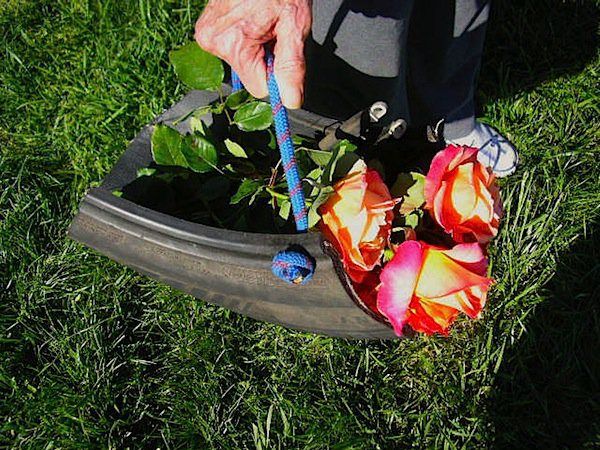 These fires are extremely difficult to extinguish, produce much smoke and release toxic chemicals into the air. Tire fires are a significant concern if used tires are not recycled.
These fires are extremely difficult to extinguish, produce much smoke and release toxic chemicals into the air. Tire fires are a significant concern if used tires are not recycled.
As of 2017, 36 states have banned tires from landfills, including California, Colorado, Florida, Illinois, Massachusetts, Michigan, New York, North Carolina, Ohio, Pennsylvania and Texas. Luckily, these laws mean it’s much easier to find tire recycling options in these states.
Tires are one of the main and most obvious "consumables" of any car.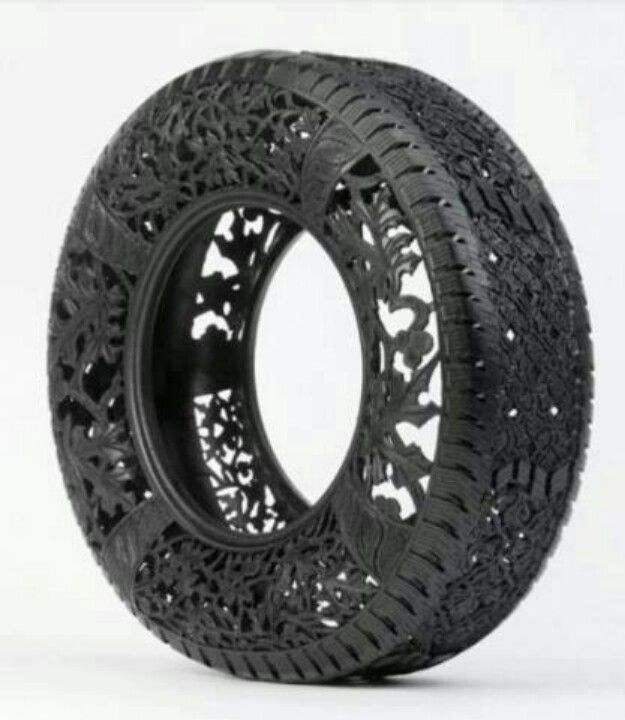 At the same time, there are more than 42 million cars in Russia alone. With trucks and special equipment - about 59.7 million. This means that at least a million tons of used car tires are thrown into landfills every year. In this context, it is no longer a means of ensuring contact with the surface, but simply hazardous waste.
At the same time, there are more than 42 million cars in Russia alone. With trucks and special equipment - about 59.7 million. This means that at least a million tons of used car tires are thrown into landfills every year. In this context, it is no longer a means of ensuring contact with the surface, but simply hazardous waste.
Formally, automobile tires belong to IV hazard class waste, that is, low-hazard waste. But do not underestimate their danger - improperly disposed tires cause significant damage to the environment. nine0003
Under natural conditions, a discarded or buried tire takes hundreds of years to decompose. Upon contact with moisture, toxic organic compounds are washed out of them. Tires partially filled with water become breeding grounds for rats and blood-sucking insects. Millions of tires thrown into landfills are an environmental disaster in itself, even without taking into account the area occupied, therefore, over a good hundred years, mankind has developed several ways to dispose of this type of waste.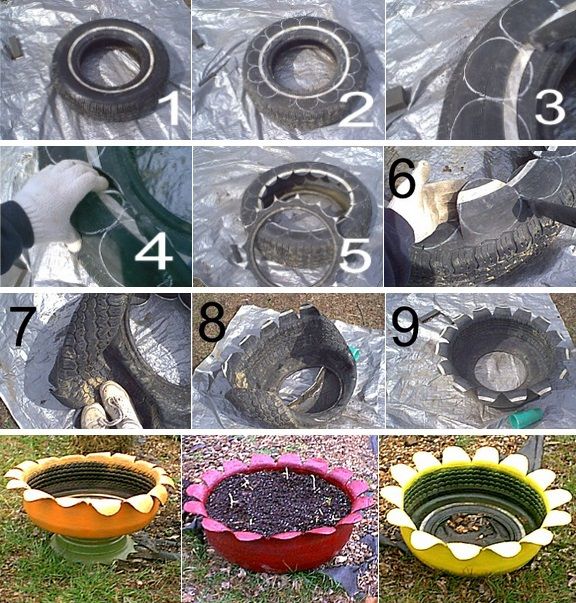
The first method involves the use of whole car tires - for example, to protect slopes from erosion, soundproof barriers along highways, and safety barriers for auto racing tracks. In the seventies of the last century, even artificial reefs were made from used tires! So, in 1972, the so-called Osborne Reef was created off the coast of Florida by the BARINC (Broward Artificial Reef) group with the support of Goodyear. More than two million tires were sunk to create breeding grounds for fish and oysters. The effect, unfortunately, turned out to be the opposite - the steel straps that fix the tires quickly rotted. Tires began to be thrown onto the beaches, they began to destroy neighboring coral reefs. For the last fifteen years, tires have been taken back - including with the use of army divers. nine0003
The second popular way to dispose of tires is incineration (including for energy purposes). In most cases, it is such disposal that causes maximum damage to nature and human health. The fact is that during combustion, not only zinc and sulfur oxides are emitted into the atmosphere, but also dioxins, which are classified as superecotoxicants of the 1st hazard class. These substances have mutagenic, carcinogenic and cumulative properties. In terms of toxicity, dioxins surpass almost any known poison, and, moreover, they do not decompose for decades, accumulating in the upper soil layer, as well as in all environmental objects, including plants and animals. nine0003
The fact is that during combustion, not only zinc and sulfur oxides are emitted into the atmosphere, but also dioxins, which are classified as superecotoxicants of the 1st hazard class. These substances have mutagenic, carcinogenic and cumulative properties. In terms of toxicity, dioxins surpass almost any known poison, and, moreover, they do not decompose for decades, accumulating in the upper soil layer, as well as in all environmental objects, including plants and animals. nine0003
Burning tires in high-temperature (1200-2800 degrees Celsius) furnaces of modern cement or pulp and paper plants is also not a panacea - according to many experts, with this method of disposal, dioxin emissions into the atmosphere are also present, albeit to a lesser extent. Installing highly efficient cleaning systems to trap harmful gases makes burning tires for energy unprofitable.
Another method of recycling used tires is pyrolysis. Tires are loaded into special reactors, where at high temperature in the absence of oxygen the product decomposes into components (carbon black, pyrolysis gas, as well as liquid fractions suitable for use as heating oil).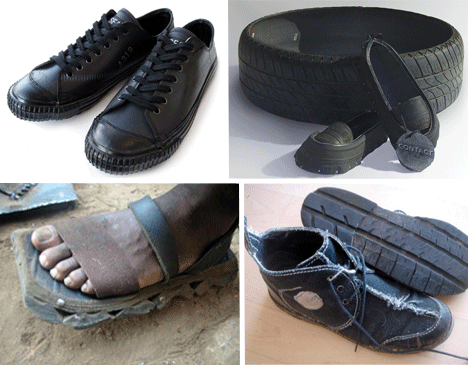 The gas released during the process can also be used to produce fuel. This technology is demanding on equipment, and until recently was considered insufficiently effective. However, modern pyrolysis plants are already devoid of such shortcomings. nine0003
The gas released during the process can also be used to produce fuel. This technology is demanding on equipment, and until recently was considered insufficiently effective. However, modern pyrolysis plants are already devoid of such shortcomings. nine0003
The most cost-effective is the mechanical grinding of tires. When using this method, rubber and other polymers that make up the tire are obtained in the form of dispersed materials. The resulting crumb rubber takes on a new life in the form of various rubber products, such as car mats, speed bumps, playground surfaces, and so on. The most finely dispersed rubber crumb is used as an additive (from 5 to 20%) in the rubber compound in the production of new tires. There are several ways to mechanically shred tires based on different physical principles, such as using high impact velocities, low temperatures, or high pressures. nine0003
Despite the fact that in Russia today there are at least several large and a large number of small plants for recycling car tires using one of the listed industrial methods, these industries are far from being fully loaded.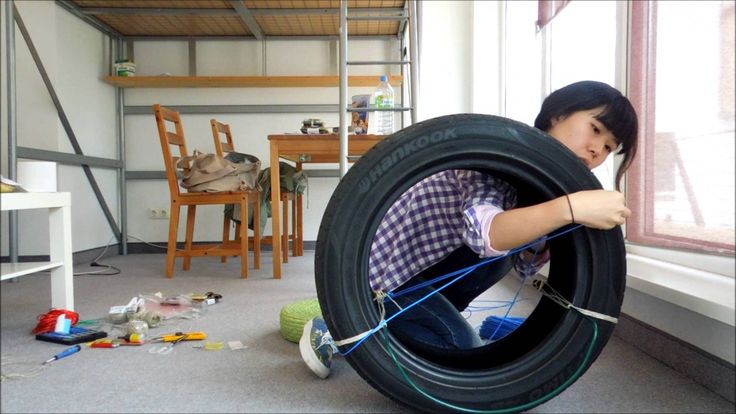 The reason is simple - most tires are disposed of in a simple and illegal way - throwing them into a landfill or burning them.
The reason is simple - most tires are disposed of in a simple and illegal way - throwing them into a landfill or burning them.
That's why the correct disposal and recycling of tires is one of the most important priorities in protecting human health and the environment. A new project from Nokian Tires, the Nokian Eco Challenge, serves this very purpose. As part of the project, the company assumes obligations to eliminate illegal tire dumps. nine0003
The mechanics is simple - anyone can submit an application for the liquidation of a landfill, on their own behalf or from an organization. As part of the project, tire dumps with a volume of at least 10 tons are eliminated, which, in terms of tires, is about 250 truck or 1,000 passenger tires. All collected tires will be recycled.
By the way, the Yaroslavl authorities came up with a similar initiative almost simultaneously. So, at the Skokovo landfill near Yaroslavl, a plant for crushing waste and recycling old tires is to be built this year.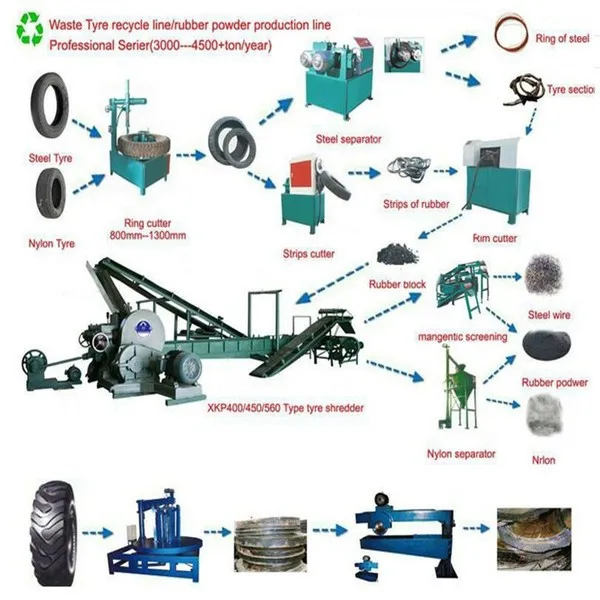 We believe that this is the right approach - without competent sorting and recycling of waste, there is no need to talk about protecting the environment and our health! nine0003
We believe that this is the right approach - without competent sorting and recycling of waste, there is no need to talk about protecting the environment and our health! nine0003
Image source: Phoenix Industries
The problem of car tires that have served their useful life is acute in all countries. The average period of operation of such products is 6-10 years, after which they must be changed. More than 25 million tons of such waste are generated annually in the world.
Since modern rubber has a complex composition and includes a metal cord, the wheels do not decompose in landfills. When stored or incinerated, they pose a threat to the environment. It is ecologically and economically correct to get rid of them - to recycle. nine0003
When choosing a recycling method, it is important to take into account the productivity of the line and the speed of the process, the energy consumption of the technology and the quality of the resulting product, and the presence of toxic emissions during processing.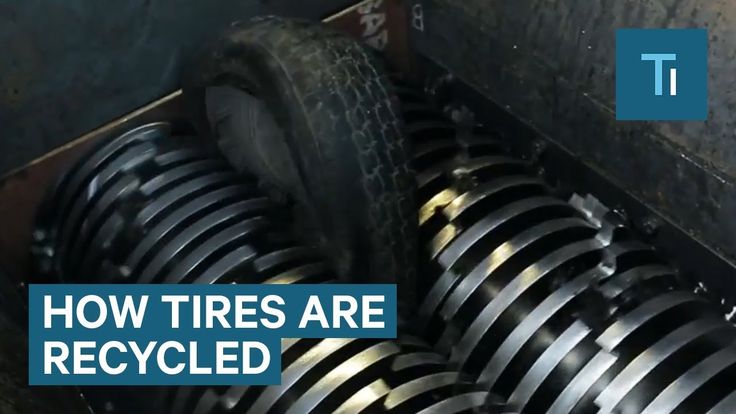
Many do not know where to donate tires not for free so that they can earn money. Now almost every city has special points. Reception of worn tires is carried out every day. Where to drive up in the future to hand over waste can be found on the Internet. nine0003
Shredded old rubber tires
The safest way to dispose of tires is to grind them with further use of the resulting crumb, which is also called granulate, semolina. You can hand over unusable tires at special collection points.
This technology, in comparison with pyrolysis (obtaining fuel oil from tires), has a number of advantages:
Disadvantages of grinding car tires are the need for special and rather expensive equipment, as well as energy consumption. The most common methods are mechanical and shock-wave grinding of waste. Each of them has its own nuances.
This waste disposal technology involves cooling raw materials to ultra-low temperatures in cryogenic chambers. Before the tires are disposed of, they are removed from the collection points and frozen to -80 degrees, after which the rubber is crushed by a shock wave in an armored chamber. It is produced by explosives or generated electronically. Crushing occurring in a closed system, where the shock wave circulates, involves only 2-3 technological stages. The output is a crushed mixture of rubber, steel and textile cord. Further separation takes place on the separator system. nine0003
Rubber crumb separator
Shock wave technology has a number of advantages:
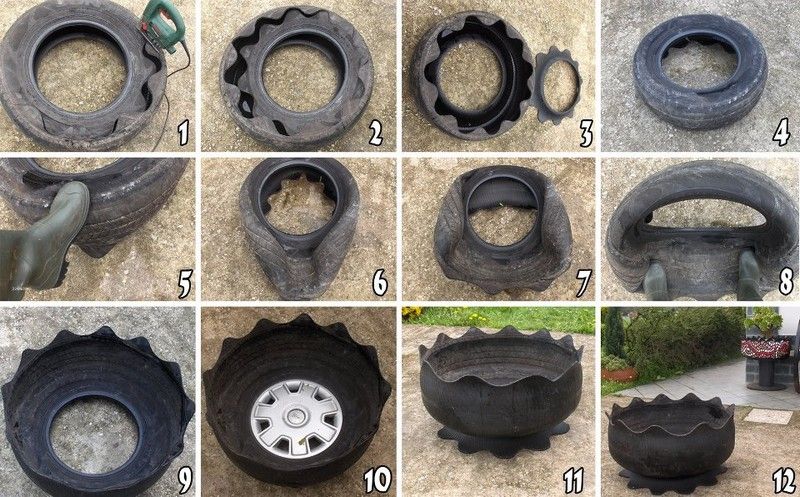 Also, the method is suitable for recycling tires from dump trucks with a diameter of up to 4 m. Other methods can process tires with a diameter of not more than 1.2 m.
Also, the method is suitable for recycling tires from dump trucks with a diameter of up to 4 m. Other methods can process tires with a diameter of not more than 1.2 m.
But recycling car tires requires expensive equipment, including a special armored chamber for a safe explosion. This method is only suitable for large factories that dispose of a large amount of waste.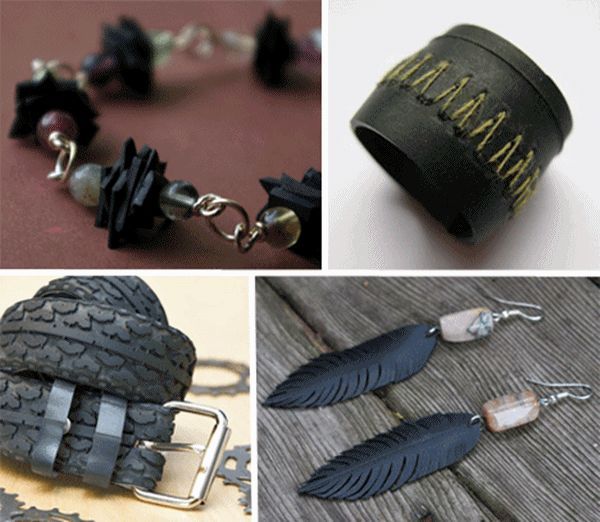 It allows organizing the processing with a capacity of up to 30 thousand tons of tires from automobile wheels per year. It is also worth considering that this method imposes special requirements on the building.
It allows organizing the processing with a capacity of up to 30 thousand tons of tires from automobile wheels per year. It is also worth considering that this method imposes special requirements on the building.
This is the easiest way to recycle car tires into crumbs. Such a business using this method is popular all over the world. He brings in a lot of money.
Mechanical shredding of old tires
Disposal of waste that you decide to take to a collection point includes the following steps:
When automating the process, this method takes a little time, is cheaper than shock wave technology, if the crushing of waste is carried out at normal temperature. In addition to standard conditions, mechanical grinding can be carried out with preheating or cooling of the raw material, using a press or an ozone knife. In cryogenic grinding, old tires are pre-cooled with liquid nitrogen, which makes it easier to separate the textile and steel cord. But the crumb turns out to be smooth, it does not bond well with binder polymers during further processing, and equipment for disposal is expensive. The ozone knife involves the use of an allotropic modification of oxygen and the conduct of the process under normal conditions. The technology is characterized by low energy consumption, no outgassing, but equipment will be required to produce ozone. nine0003
The most common way of processing tires is mechanical grinding under normal temperature conditions.
Tire Bead Remover
To get crumbs from the waste that the owners of the cars decided to hand over, you will need the following equipment:

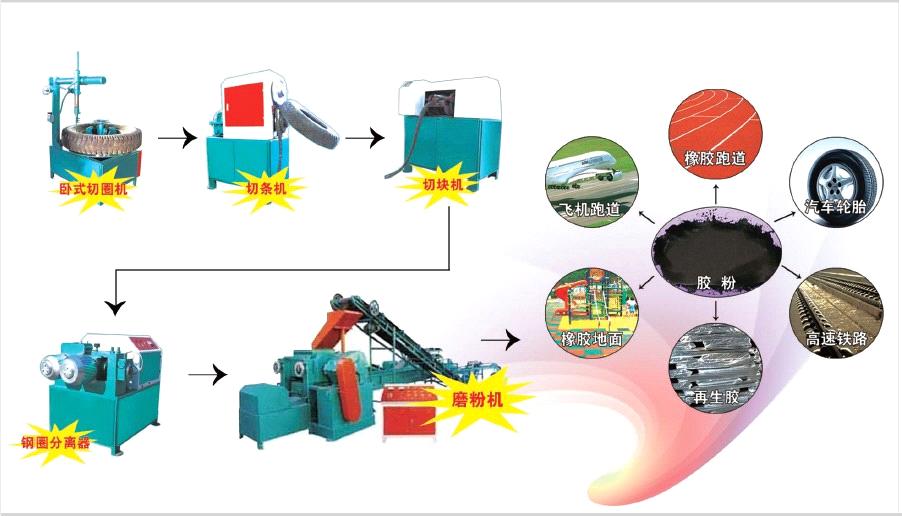 This is a cyclone in which the mixture is blown with air. In addition, the tire recycling line must have bins for raw materials and finished products. nine0072
This is a cyclone in which the mixture is blown with air. In addition, the tire recycling line must have bins for raw materials and finished products. nine0072
The use of this equipment makes it possible to organize the processing of old tires even in a small plant, to obtain products of different sizes at the output: from "chips" to fine dust. With this recycling technology, there is no release of toxic compounds into the atmosphere.
Only 3-4 people are needed to operate the tire recycling line, but the equipment will need to be connected to an industrial power supply to function. nine0003
The main properties of automobile rubber are preserved when it is crushed, so materials made from crumbs are highly durable and elastic, resistant to atmospheric factors, acid and alkali solutions. With the correct processing of old tires, the yield of granulate is about 70%.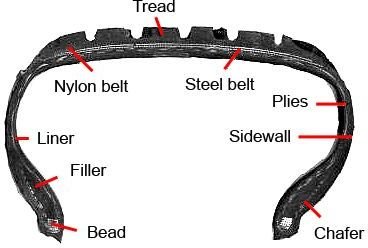 Therefore, handing over worn tires is the best solution.
Therefore, handing over worn tires is the best solution.
Rubber crumb is widely used in various fields:
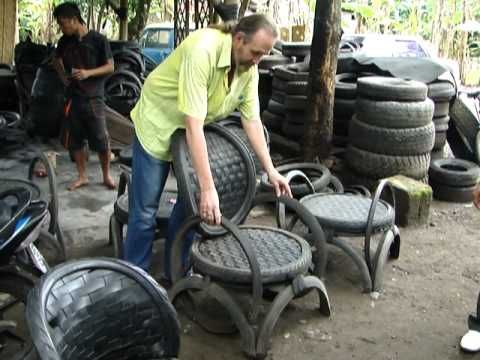 By adding pigments, the crumb can be painted in almost any color.
By adding pigments, the crumb can be painted in almost any color.
Shredded old tires are also suitable for the formation of decorative garden figurines and sculptures, the manufacture of dielectrics, substrates and packaging for the safe transportation of goods. Rigid crumb in the form of granules is more often used to obtain seamless coatings. The shavings from the waste are sent to the production of pavement tiles. Fragments of a torn shape are suitable for the production of insulating materials. When arranging road surfaces, the lower layer is made of a coarse fraction (6-12 mm), and the upper one is made of fine and soft, 0.1-4 mm in size. nine0003
Playground surface made from recycled tires
Steel cord, which is recovered before grinding rubber tires, is sent to be melted down to produce rolled metal or to reinforce concrete structures.